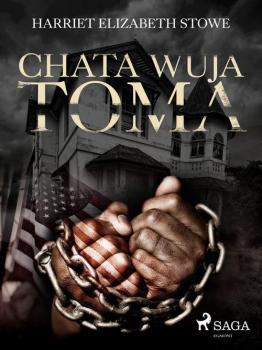Гарриет Бичер-Стоу
Список книг автора Гарриет Бичер-СтоуUncle Tom's Cabin
In debt, Kentucky farmer Arthur Shelby reluctantly decides to trade two of his slaves. The two, middle-aged Uncle Tom and young Harry, are to be sold to Mr. Haley, a detestable slave trader. Eliza, Harry's mother and Mrs. Shelby's maid, overhears the details of the arraignment, warns Uncle Tom and flees with Harry to the north. Eliza and Harry barely make it across the Ohio River before slave catchers can catch up with them. On the run, Eliza and her family seek shelter and safety. Meanwhile, Uncle Tom, who refused to run away, is separated from his family and sold down river. As novel progresses, the juxtaposed narratives highlight the harsh reality of slavery.
A Key to Uncle Tom's Cabin
A Key to Uncle Tom's Cabin is a book by American author Harriet Beecher Stowe. It was published to document the veracity of the depiction of slavery in Stowe's anti-slavery novel Uncle Tom's Cabin (1852). First published in 1853, this book also provides insights into Stowe's own views on slavery. After the publication of Uncle Tom's Cabin (1852), Southerners accused the author Harriet Beecher Stowe of misrepresenting slavery. In order to show that she had neither lied about slavery nor exaggerated the plight of enslaved people, Stowe compiled A Key to Uncle Tom's Cabin (1853).









